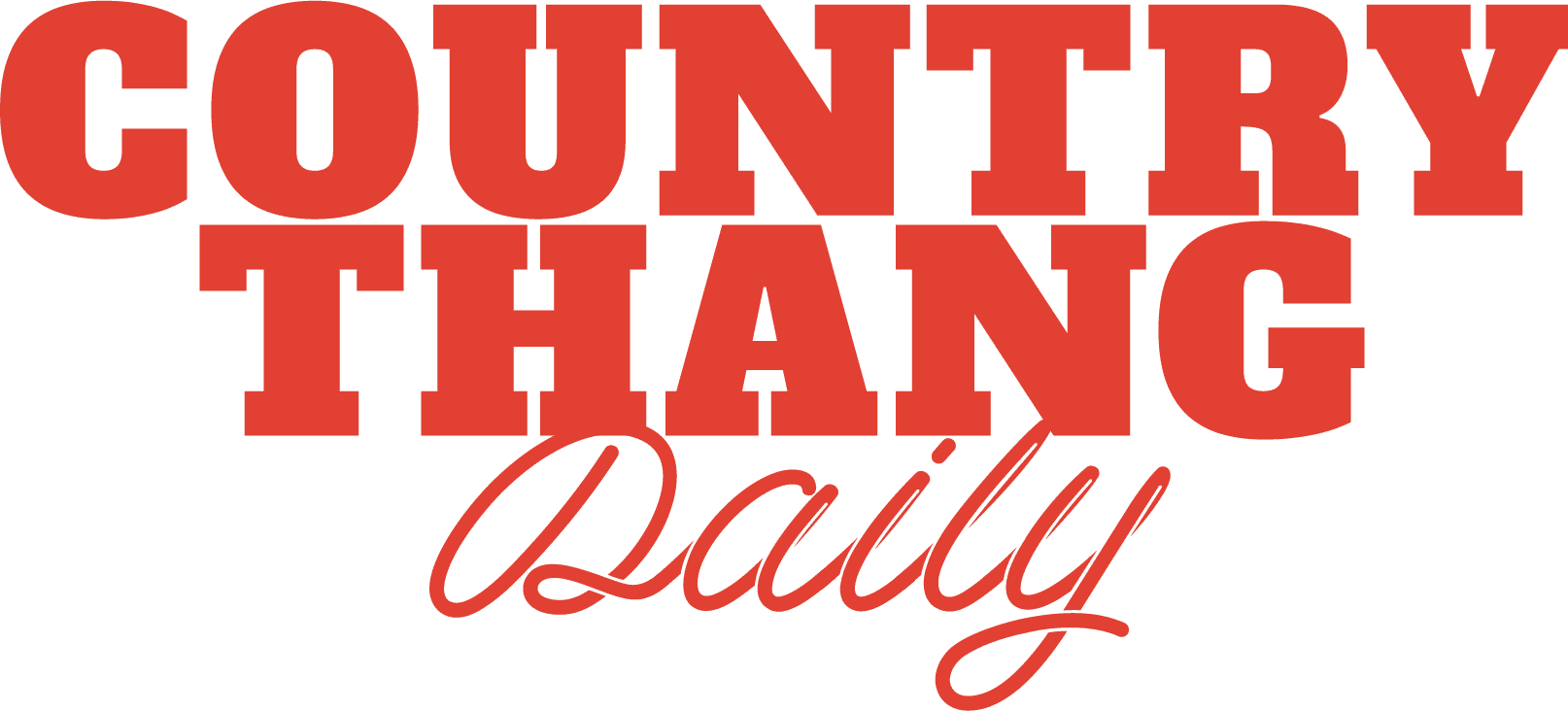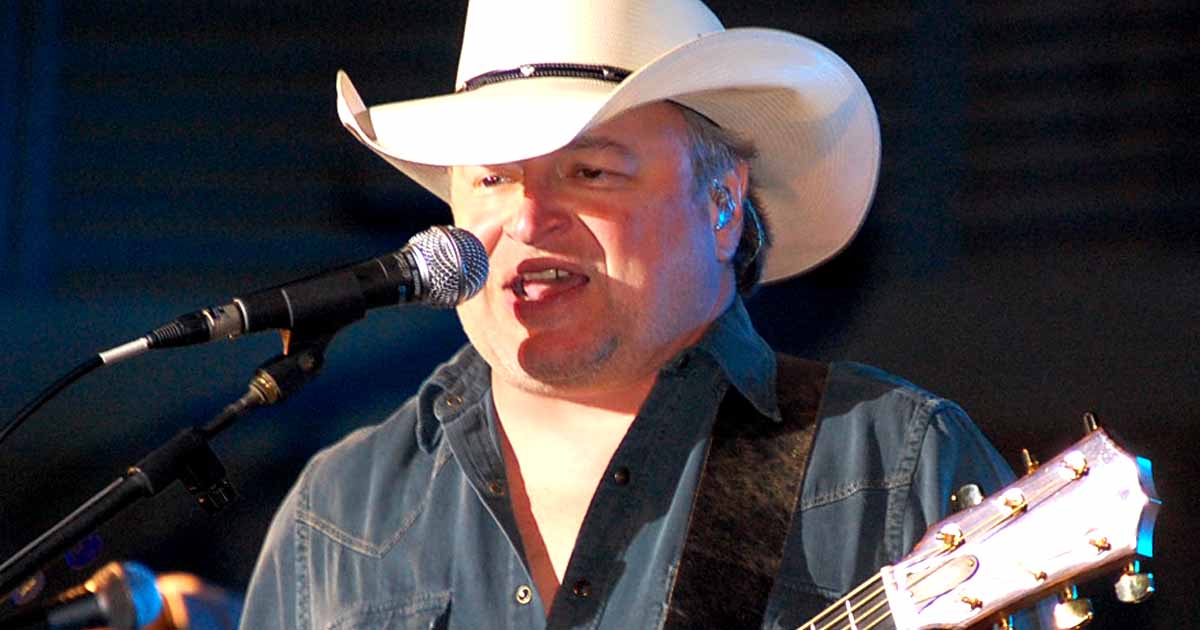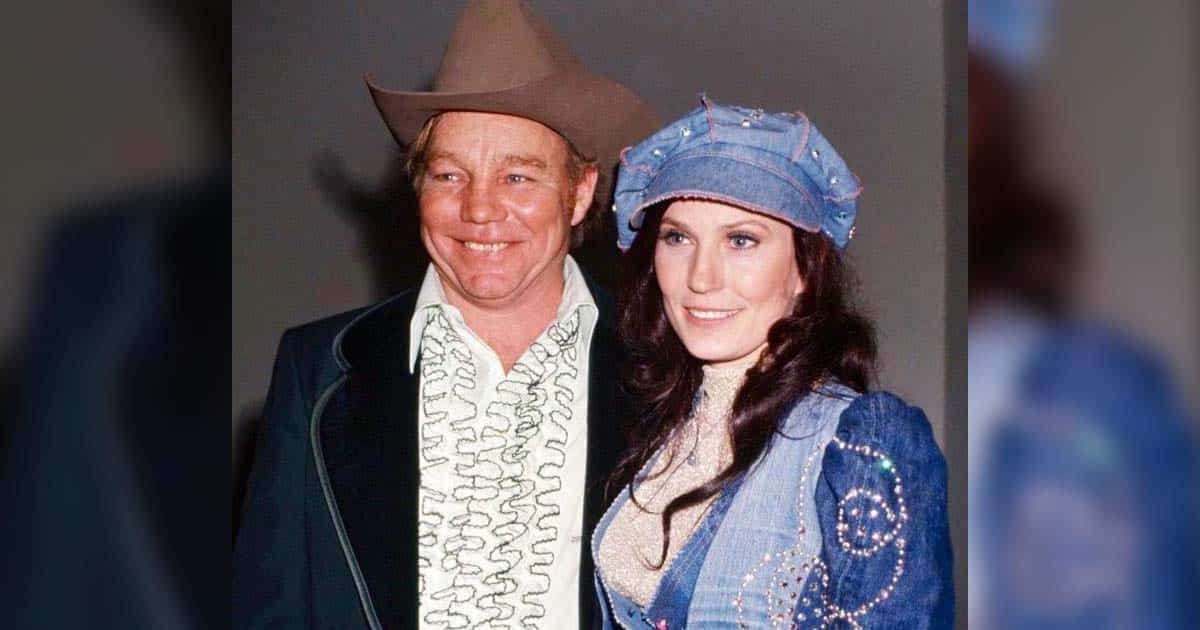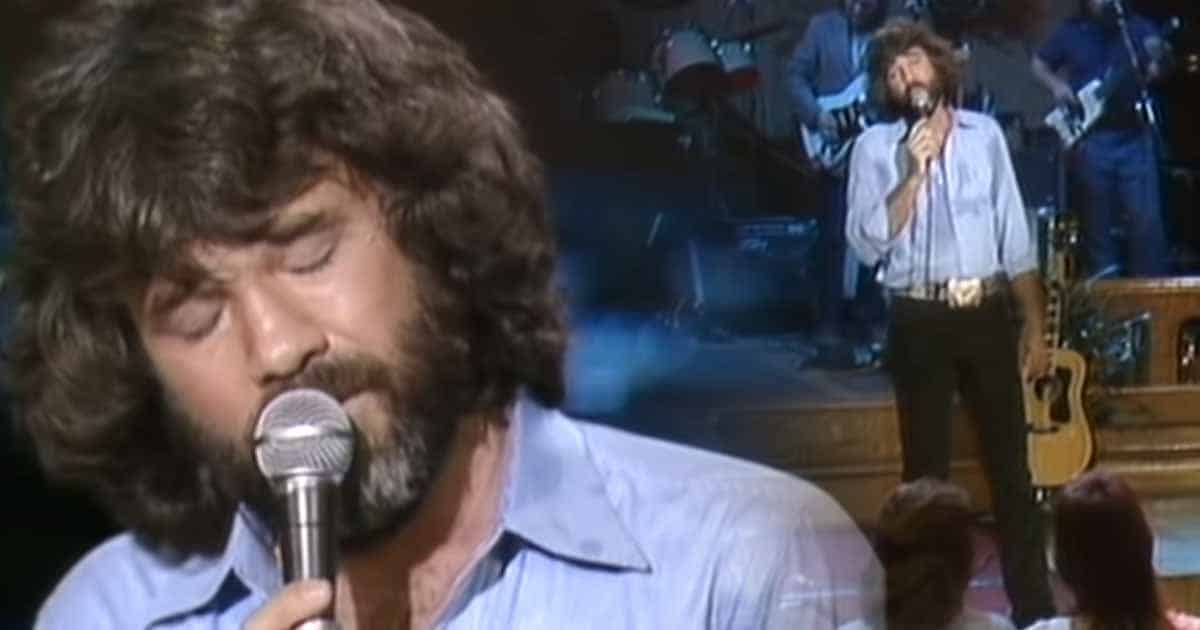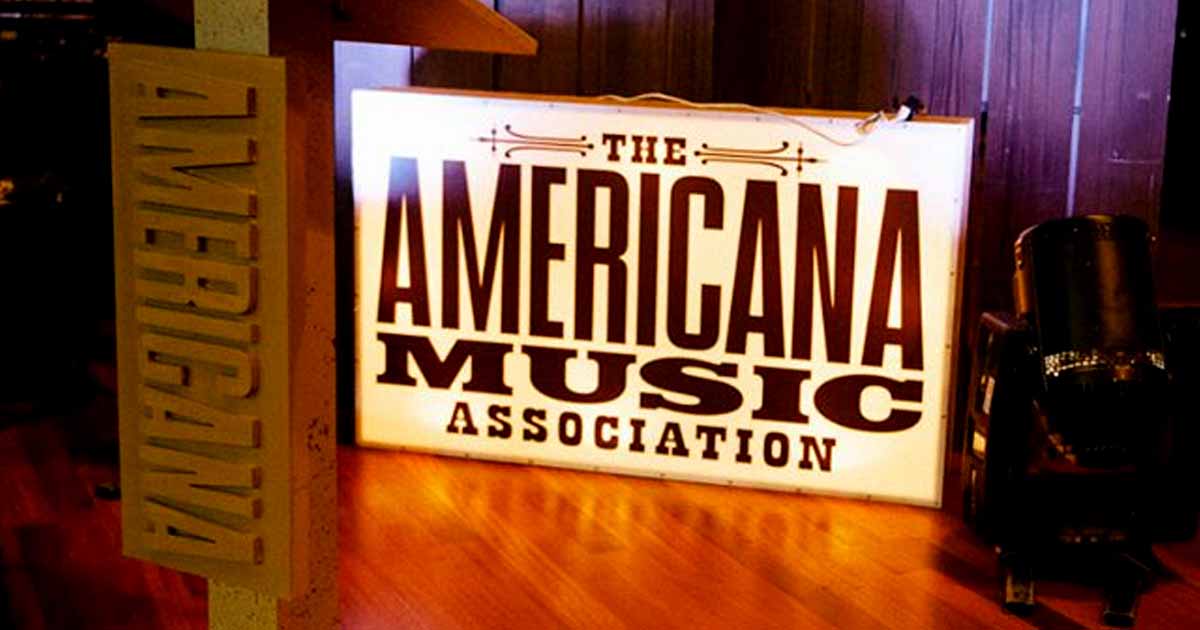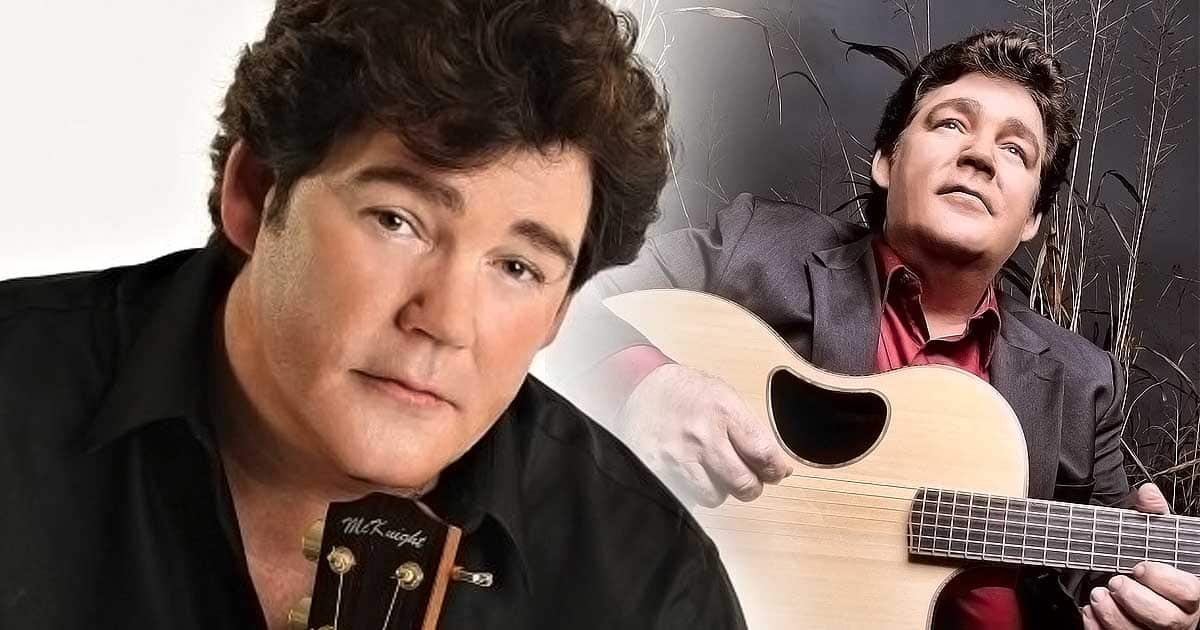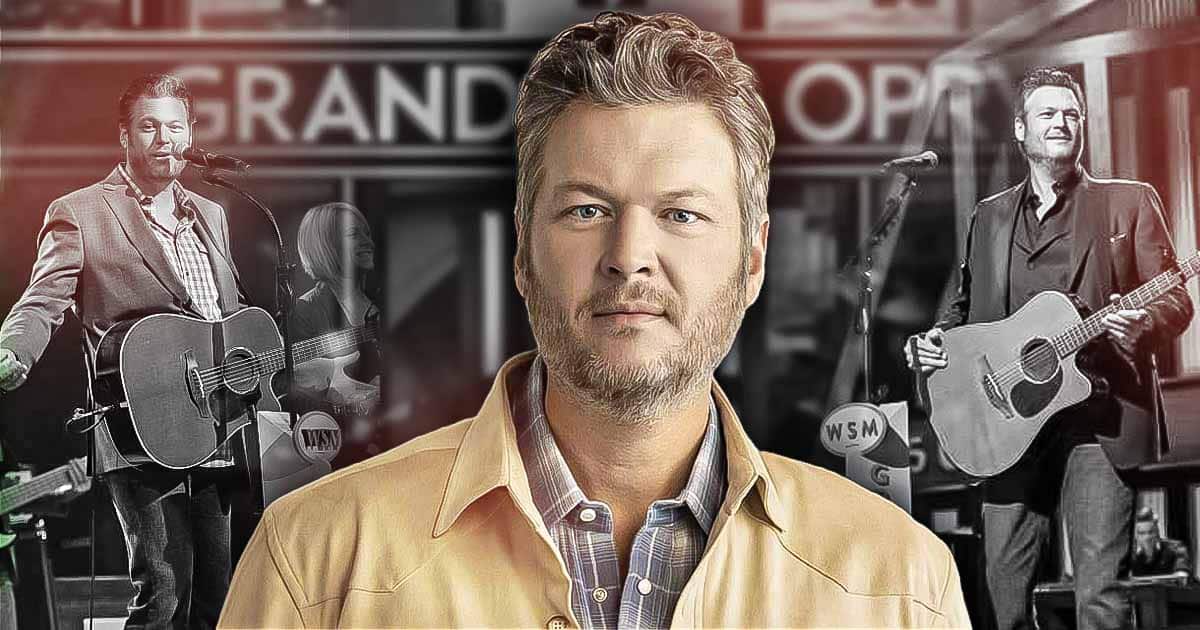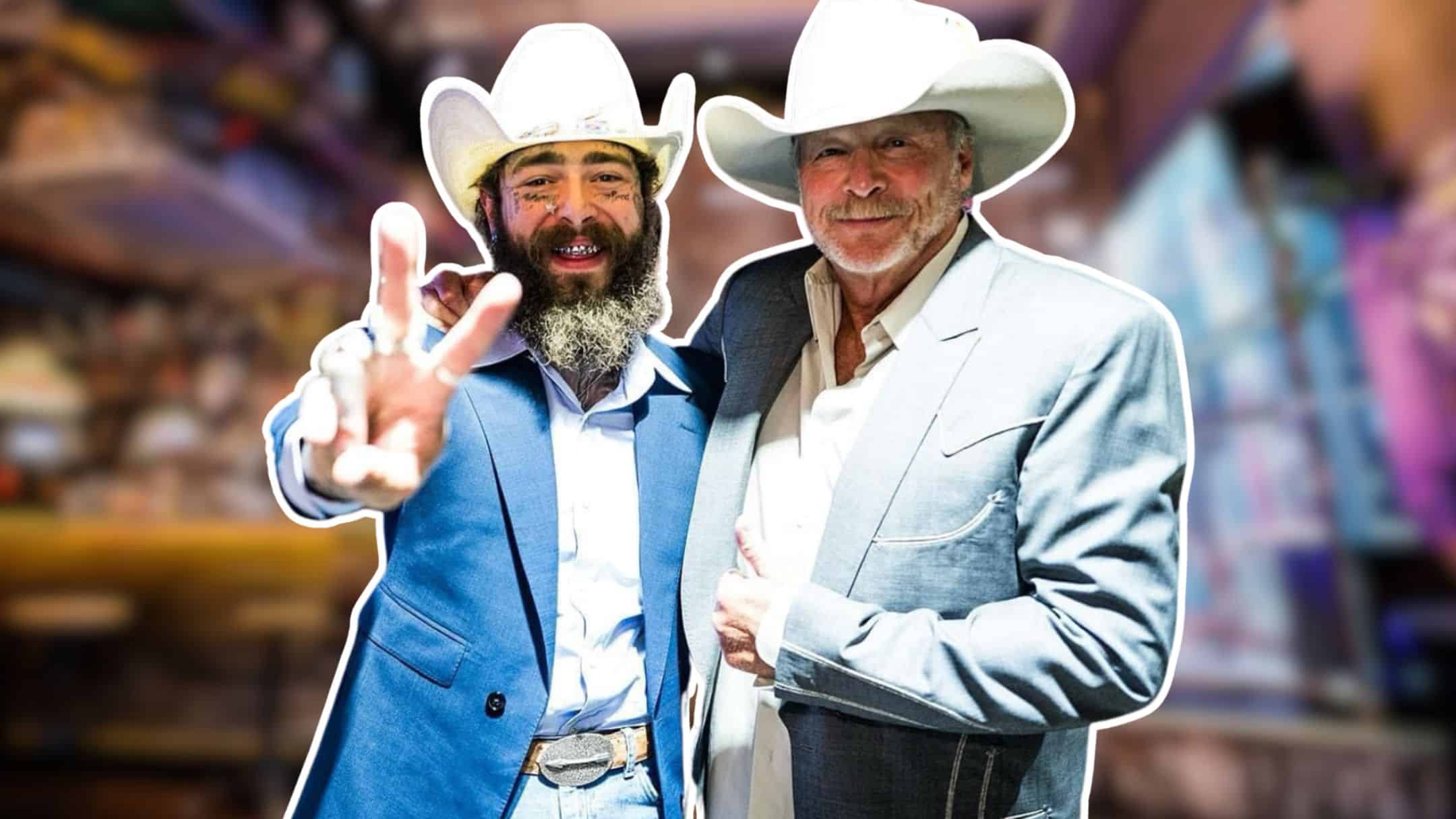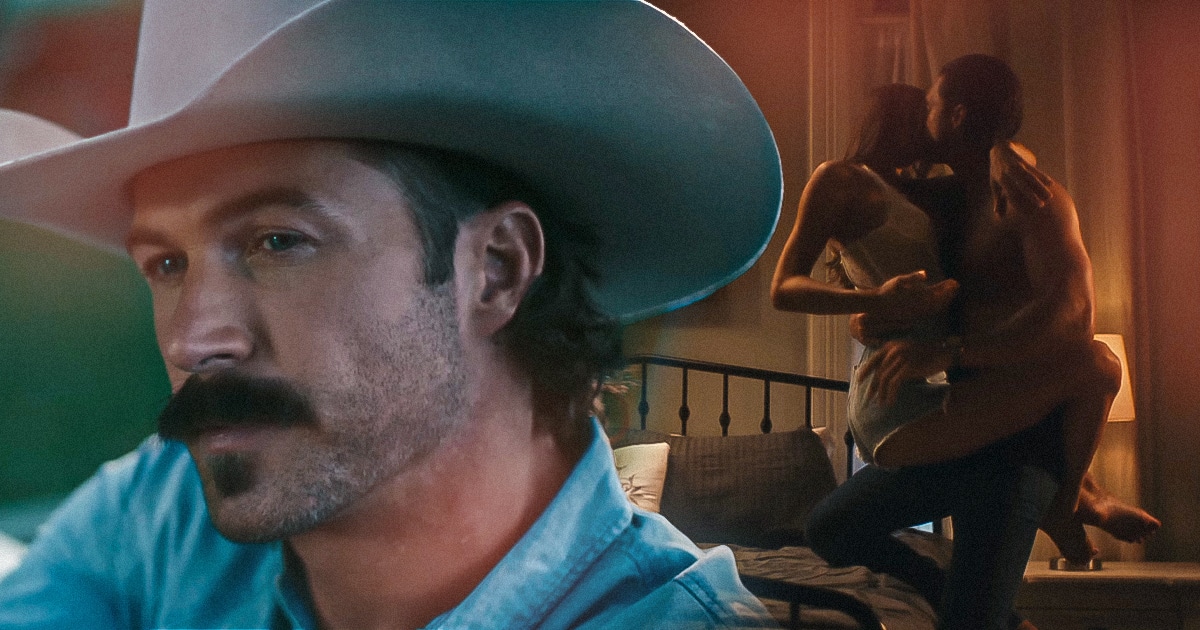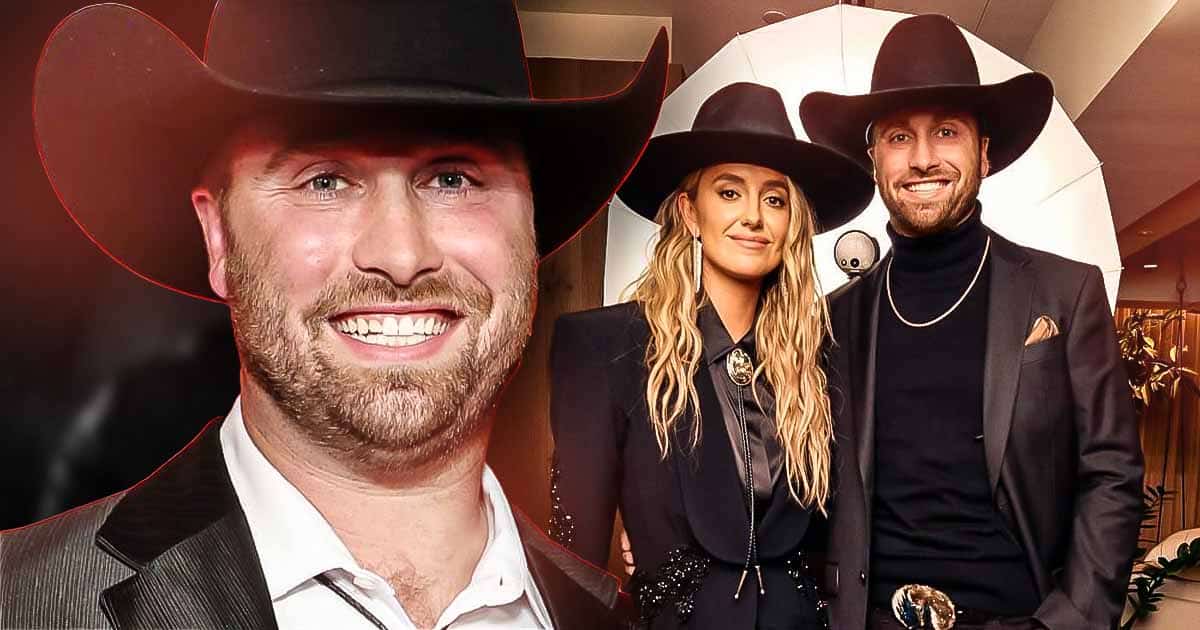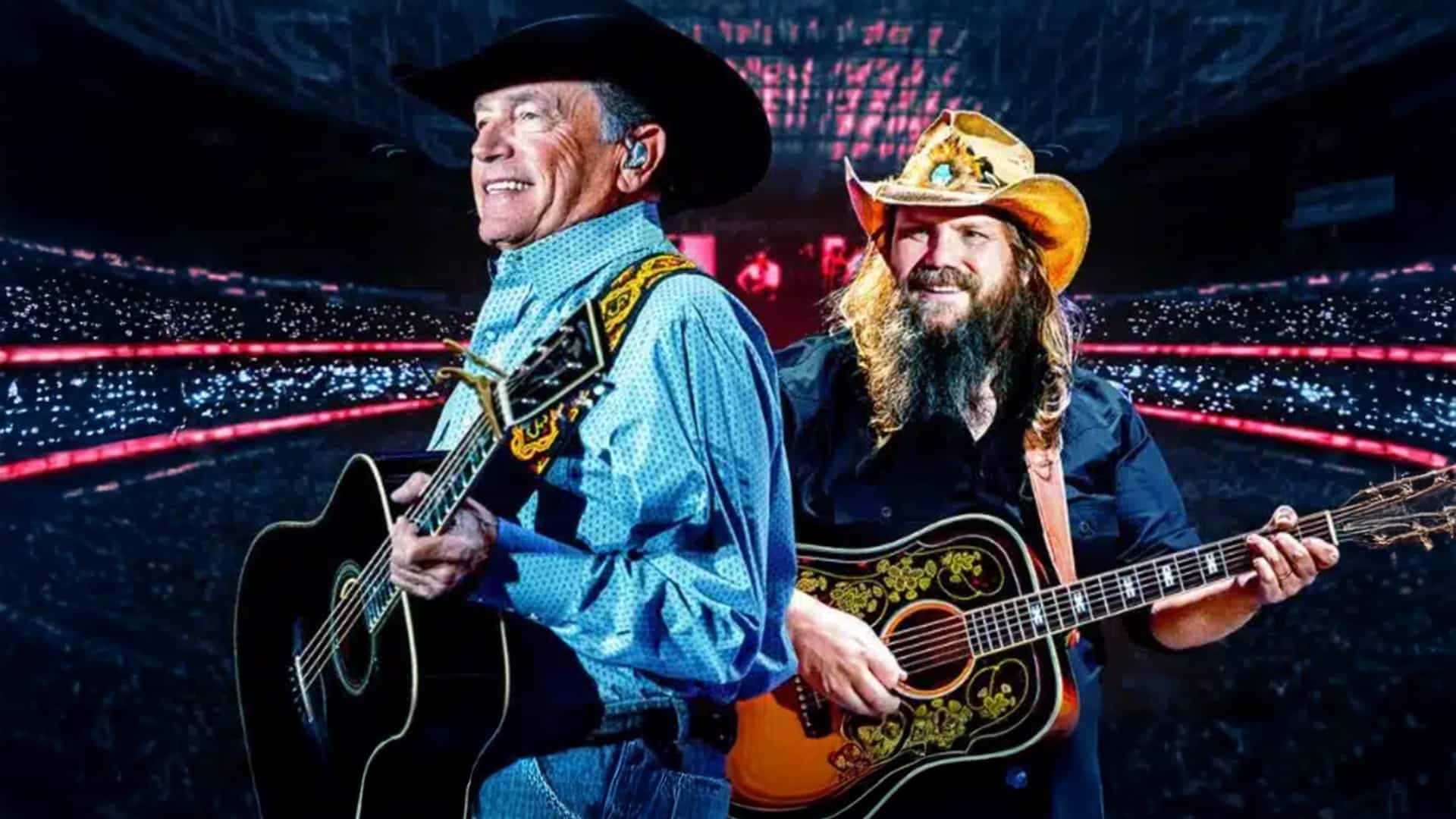Glen Campbell became a household name by singing about the struggle of rising to fame.
Imagine yourself in 1975, listening to Glen Campbell’s evergreen hit “Rhinestone Cowboy” on the radio, not knowing where time may take you. When Larry Weiss composed and recorded the song in 1974 for his album Black and Blue Suite, his writing career began to establish, and so did Campbell’s popularity after the rerecording was released on May 26, 1975. It was included in the title track to Campbell’s 28th studio album, Rhinestone Cowboy.
How “Rhinestone Cowboy” Found Its Way to Glen Campbell
The story behind how the song landed on Campbell’s lap seemed like a sealed fate. In 1974, the singer heard the song while listening to KNX-FM, a Los Angeles radio station. He bought a cassette tape of Weiss’ album and decided to learn it while he was on tour in Australia. After he returned to the US, Capitol Records musical promoter and executive Al Coury suggested “Rhinestone Cowboy” for the singer as his big hit. When Campbell performed it on a telethon, radio programmer Paul Drew requested Capitol for a copy of his record and gave it a national radio airplay. This forced his producers to hit the studio and rushed to release Campbell’s single.
Producers Dennis Lambert and Brian Potter brought Campbell to the peak of his career, garnering attention from both country and pop audiences. For three non-consecutive weeks in the summer of 1975, the song went to No. 1 on the Billboard Hot Country Singles and Billboard Hot 100. It also peaked the weekly and year-end charts of several countries, including Canada, Ireland, and Yugoslavia.
RELATED: Fascinating Facts About Glen Campbell and His Inspiring Rags to Riches Journey
The singer received multiple recognitions for the song from three major music awards: Academy of Country Music, the American Music Awards, and the Country Music Association. This is proof enough that the song was one of Glen Campbell’s greatest hits.
Campbell’s assertive rumble delivery made the song a country smash. He perfectly captures the survival of a struggling artist who is paying his dues, hustling his way into getting a big break. When he finally reaches his dream, he believes that he will shine like a “Rhinestone Cowboy.” The way Campbell screams out the title strings out the total fantasy of the man’s vision to receive cards, letters, and offers from people he doesn’t know.
Tom Breihan of Stereogum described the song as ‘a grand, symphonic pop stomper, full of strings and pianos and big, resonant drums.’ Campbell’s big voice and bright timber matches the instrumental mix put in together to complete the classic.
Let Glen Campbell’s classic performance of “Rhinestone Cowboy” take you on a cowboy dream’s journey.
